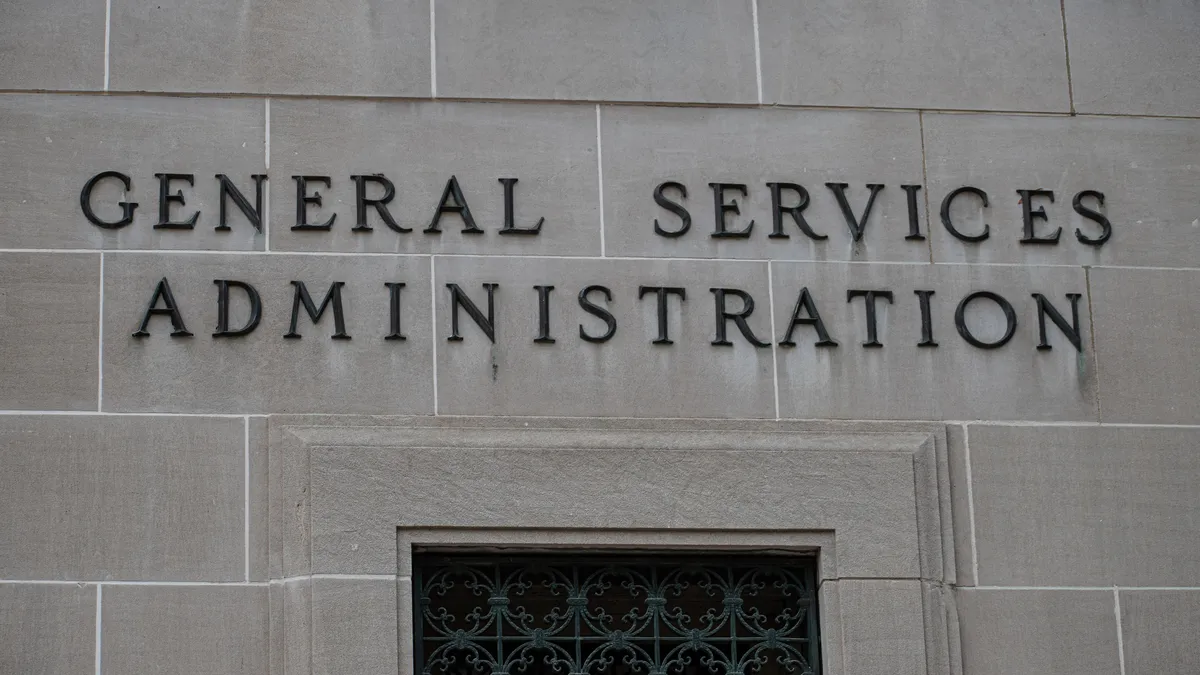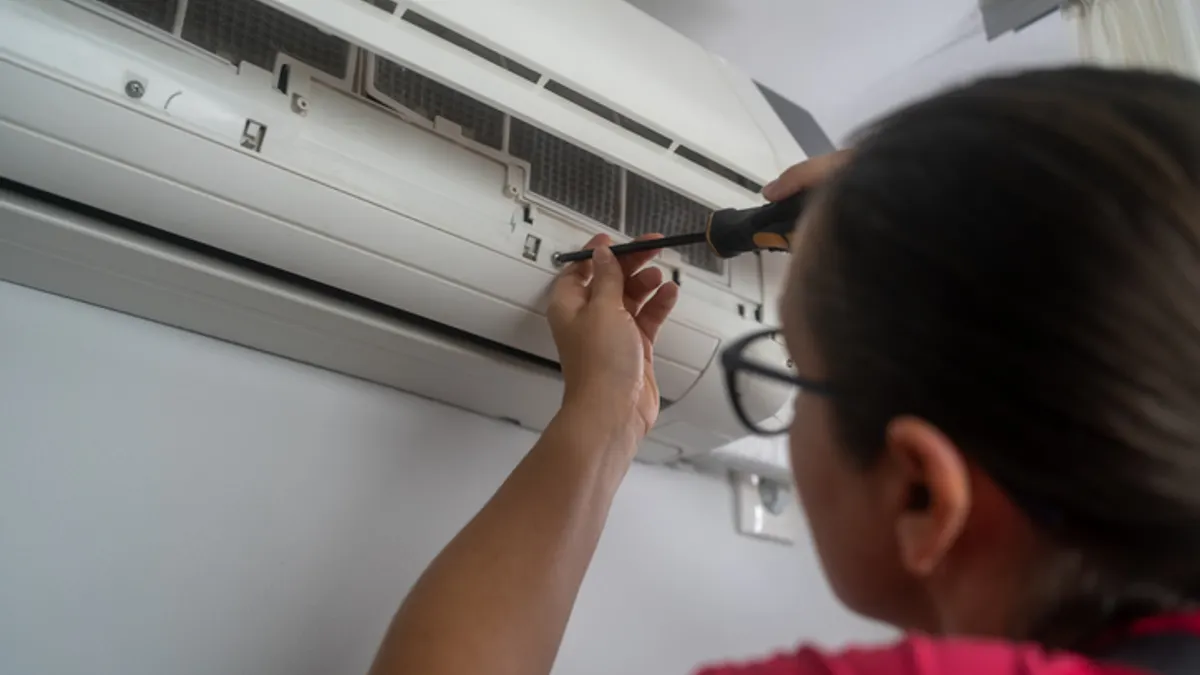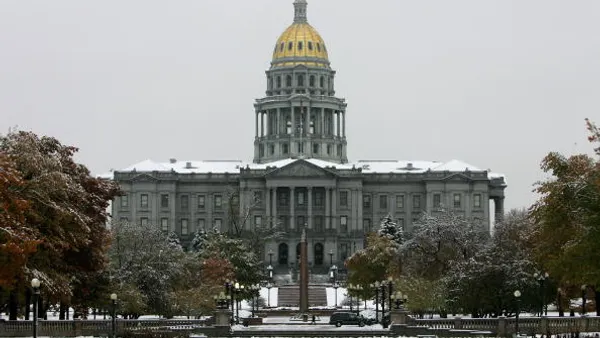Dive Brief:
- A federal oversight agency acknowledged the success of the U.S. General Services Administration’s efforts to manage deferred maintenance in federally owned or leased buildings.
- In a Feb. 21 report, the Office of Inspector General said the GSA’s Public Buildings Service has undertaken measures to address recommendations from a 2021 audit addressing safety hazards and the risk of rising deferred building maintenance costs. That audit identified $280 million in duplicative costs due to the GSA’s errors in calculating deferred maintenance cost estimates and concluded that the agency’s national maintenance strategy was not effective in reducing its deferred maintenance backlog.
- The measures that the PBS has undertaken include establishing a national policy and training program, updating its pricing module to improve the accuracy of its cost estimates, and making a more robust request for the funding needed to address — and potentially reverse — the growth in deferred maintenance, the inspector general report says.
Dive Insight:
Maintenance and repair activities that are shelved or not completed as scheduled are classified as deferred. Under federal accounting standards, the PBS, which manages maintenance and repairs for over 8,800 federally owned or leased properties across the U.S., is required to publicly report a realistic estimate of all costs related to deferred maintenance in its building inventory. The PBS has been using the Building Assessment Tool, a web-based pricing module within its inventory reporting information system, to survey the buildings it oversees.
After the 2021 audit, the OIG noted variations in the PBS’ estimates of deferred maintenance costs, with the GSA’s reported costs jumping 57% to $1.93 billion in the fiscal year 2019, from $1.23 billion in 2014, the report says.
GSA officials have said the agency’s deferred maintenance and repair costs have increased over the years, at least partly due to insufficient funding, according to the U.S. Government Accountability Office. Despite a pressing need for repairs and improved maintenance, budgets for federal facilities increased just 7.8% from 2020 to 2023, compared with much larger budget increases in states like New York, Washington and Pennsylvania, according to research from JLL. With the average age of GSA buildings currently more than half a century old, the announcement of return-to-office mandates in many federal agencies underscores the importance of making these upgrades in a timely manner.
The GSA agreed with the OIG’s recommendations to correct the duplicate entries identified in the audit and update the BAT pricing module to generate estimates that would align more closely with external and regional cost estimates. Additionally, the agency agreed to establish a national policy and training program to guide personnel on conducting building surveys, accurately entering data into the BAT system and accounting for interim steps taken to mitigate issues identified during building surveys and assessments.
The PBS also developed and published a new internal BAT website to centralize information sharing, which includes links to new methodology, frequently asked questions, training materials, and additional tools and resources for surveyors and region managers, the OIG report said.
However, the GSA only partly agreed with the OIG’s recommendation to prioritize projects aimed at reducing liabilities. “Funding shortfalls have and will continue to force PBS, despite consistently considering deferred maintenance in its investment decision-making process, to address liabilities selectively that either are borne from or exacerbated by chronic underfunding by Congress,” the report notes. “GSA believes that the most effective way to manage our vast real estate portfolio is for Congress to provide GSA with access to all revenues and collections deposited into the FBF.”
In the follow-up report last month, the OIG said its implementation review has determined that PBS has “taken appropriate corrective action to address the recommendations” and that “no further action is necessary.”













